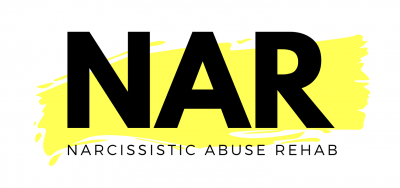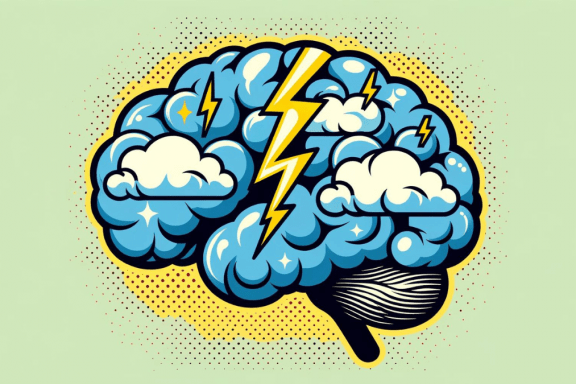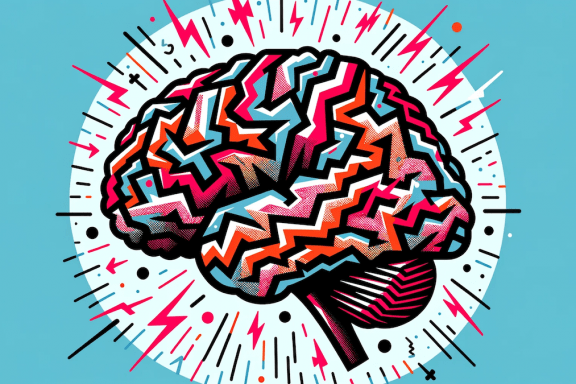This article explorers the many subtle ways narcissism can impact the academic performance of college students.
Narcissistic Personality
Narcissistic abuse is a serious issue that can impact people of all ages, including students. It’s especially concerning because learning to navigate new social dynamics and form healthy relationships is an important part of the student experience. Unfortunately, many students encounter relationships that become manipulative and toxic.Here’s where education can play a vital role. By teaching students to recognize the…
The importance of teaching students to recognize patterns of narcissistic abuse in family- and peer relationships.
Learn to how to recognize a narcissist. Tips for setting boundaries and seeking support for healthier relationships.
Exercise is a powerful tool to boost mood, fight anxiety, and improve mental well-being. Learn how to get started!
Explore how ancestral healing can empower your recovery from narcissistic abuse and help you rewrite your story.
Tips for understanding and navigating the complex relationship dynamics of life with an alcoholic narcissistic partner.
Learn the meaning, causes, and expressions of trauma and how it can impact the mind, body, and emotions.
If you suffer from anxiety, you are not alone. Prior to the advent of Covid-19, the World Health Organization estimated that anxiety disorders affect 4% of the global population, which equates to approximately 301 million people. Research shows that the number of individuals suffering from chronic anxiety jumped by 25% during the coronavirus pandemic as people were overwhelmed by multiple…
If you’ve ever wondered why narcissists send flying monkeys, learn how these enablers facilitate campaigns of abuse y proxy.










